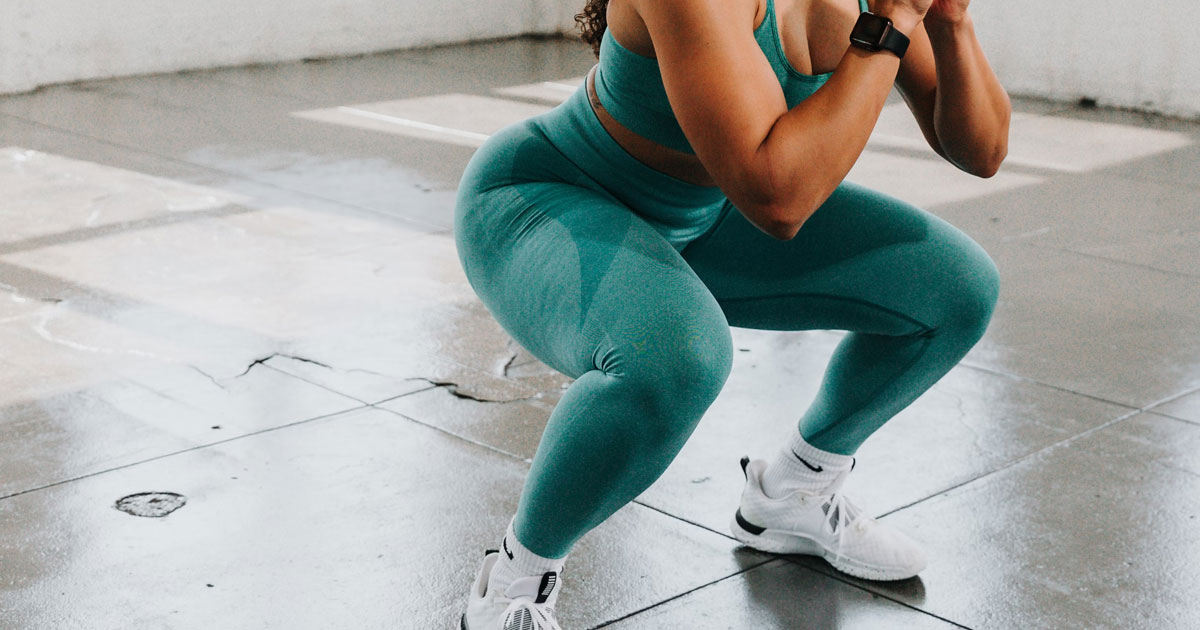
FAI: A Common Cause of Hip Pain
What is FAI?
The hip is a ball-and-socket joint, made up of the femoral head (ball) and the acetabulum (socket). In FAI, repetitive movements near the end range of hip motion, such as deep squats, kicking, or twisting, cause abnormal contact between the ball and socket. Over time, this repeated "impingement" can damage the acetabular rim, labrum, and articular cartilage.
While many people may have hip bone shapes linked to FAI, not all will experience symptoms. For those who do, pain and functional limitations often appear gradually, especially during activities that load the hip in flexion and rotation.
FAI is generally classified into three types
- Cam -- a flattening or convexity at the femoral head-neck junction. This reduces the smooth rotation of the hip joint.
- Pincer -- occurs when there is "overcoverage" of the femoral head by the acetabulum.
- Combined -- a combination of cam and pincer features. In fact, research suggests that up to 85% of patients with symptomatic FAI show combined morphology.
Symptoms
FAI most often presents as anterior or anterolateral hip pain, which may radiate into the groin or down the front of the thigh. Symptoms typically include:
- Hip stiffness or restricted motion
- Clicking, catching, or locking sensations
- Pain with deep hip flexion (e.g., squats, sitting, or climbing stairs)
- Reduced internal rotation of the hip when flexed to 90°
For athletes, these symptoms may interfere with running, kicking, or heavy lifting. For others, even prolonged sitting can aggravate the condition.
Causes and Contributing Factors
The development of FAI is usually multifactorial, involving both intrinsic and external factors. These may include:
- Genetic or anatomical differences in hip bone shape
- Repetitive loading of the hip in flexion and internal rotation
- Sports participation during adolescence (e.g., football, hockey, weightlifting)
- Occupations requiring frequent bending and lifting, such as trades or manual labour
- Previous hip trauma or surgery
It's important to note that while many people may have cam or pincer morphologies, not all will develop FAI. Symptoms usually occur when the bone shape combines with repetitive loading and reduced hip stability.
Management and Rehabilitation
The good news is that conservative management is the first line of treatment for FAI, with surgery only considered if symptoms persist despite structured rehab. The primary goal is to improve hip strength, dynamic stability, and movement efficiency while avoiding aggravating positions.
A staged loading approach is often used:
Initial stage (high irritability)
Focus on pain reduction, gentle mobility, and controlled activation.
Exercise Example: Lying Adductor Squeeze
Intermediate stage (low irritability)
Progress to strengthening, particularly around the glutes and core, to support hip stability.
Exercise Example: Rear Foot Elevated Split Squat
End stage (return to sport/activity)
Introduce sport-specific drills, plyometrics, and advanced loading to ensure a confident return to performance.
Exercise Example: Single Leg Countermovement Hop
Femoroacetabular impingement is a complex but manageable cause of hip pain. While bone shape may play a role, it's the combination of anatomy, repetitive loading, and reduced stability that often leads to symptoms. With a structured rehabilitation plan that progresses from pain management to sport-specific conditioning, most people can return to full function and activity.
If hip pain is impacting your daily life or performance, seeking an assessment from an exercise physiologist or allied health professional is the first step. With the right guidance, FAI doesn't have to hold you back.